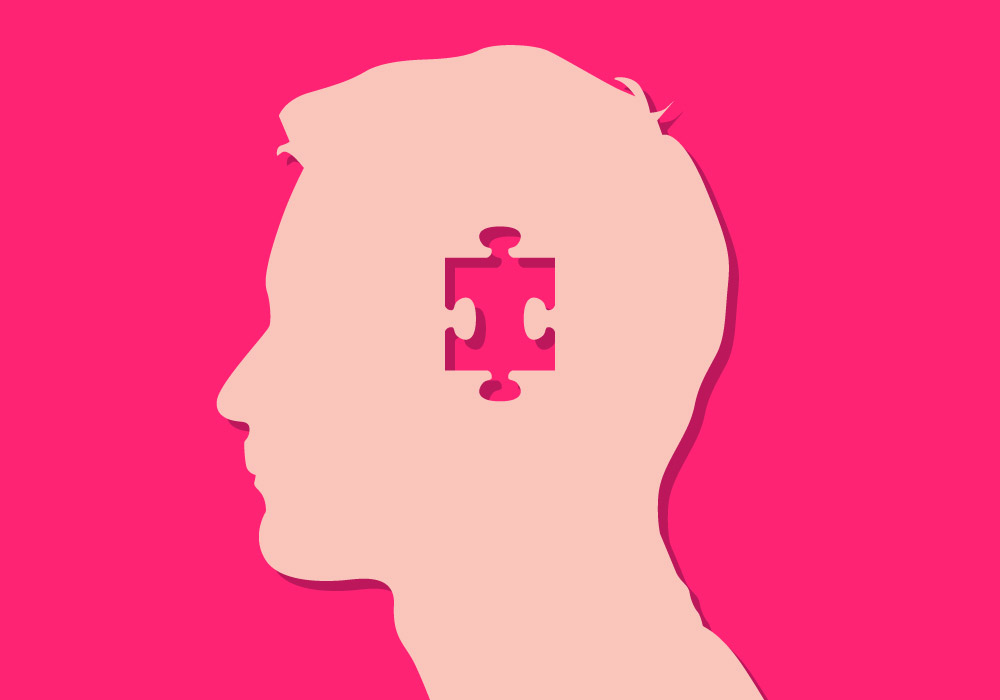
A small new report found that non-invasive brain stimulation lowered calorie consumption and increased weight loss among a small number of obese adults, suggesting a possible out-of-the-box intervention for obesity.
In the new study, published Wednesday in the journal Obesity, researchers at the National Institutes of Health (NIH) followed nine adults with obesity. In the first part of the study, the men and women were put on a five-day weight maintenance diet. For three days following, the adults received either active or fake transcranial direct current stimulation (tDCS), a painless low current that is delivered directly to a brain area via small electrodes. After that, the people in the study were allowed to eat or drink as much as they wanted from a vending machine. These eight day experiments happened twice.
The study size was very small, so more research is needed before any hard conclusions can be drawn from the study. But the researchers found that the men and women that had the real brain stimulation consumed fewer calories per day, significantly fewer calories from soda and fewer calories from fat. They also lost a small amount of weight, whereas the people who underwent the fake stimulation ate the same amount of calories and had no change in weight.
Prior studies by the researchers had shown lower levels of brain activity in a part of the brain called the left dorsolateral prefrontal cortex (LDLPFC) among obese people compared to people who were lean. Given that the region of the brain has been linked to taste, reward processing and behavior regulation, the researchers believed that disruption of the LDLPFC in people who are obese might influence eating behavior and choice.
“The aim of our study was to see if increasing activation in the left DLPFC would decrease food and drink intake and lead to weight loss,” says study author Marci E. Gluck, a research clinical psychologist at the NIH’s National Institute of Diabetes and Digestive and Kidney Diseases (NIDDK). “Because of the ability of tDCS to enhance cortical excitability, we thought it could help people control their eating.”
The research will have to be replicated, but initial results suggest that brain stimulation, and the LDLPFC region of the brain as it relates to obesity interventions, is worth further study.
More Must-Reads from TIME
- Donald Trump Is TIME's 2024 Person of the Year
- Why We Chose Trump as Person of the Year
- Is Intermittent Fasting Good or Bad for You?
- The 100 Must-Read Books of 2024
- The 20 Best Christmas TV Episodes
- Column: If Optimism Feels Ridiculous Now, Try Hope
- The Future of Climate Action Is Trade Policy
- Merle Bombardieri Is Helping People Make the Baby Decision
Contact us at letters@time.com